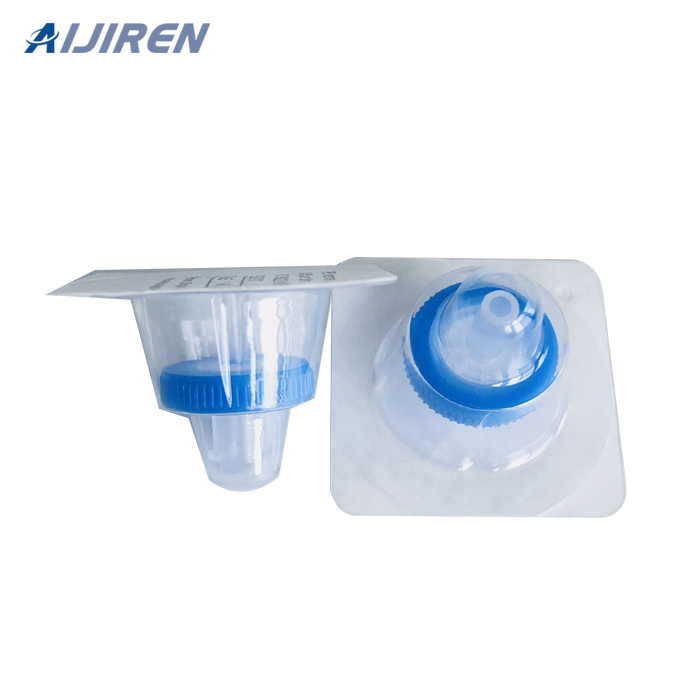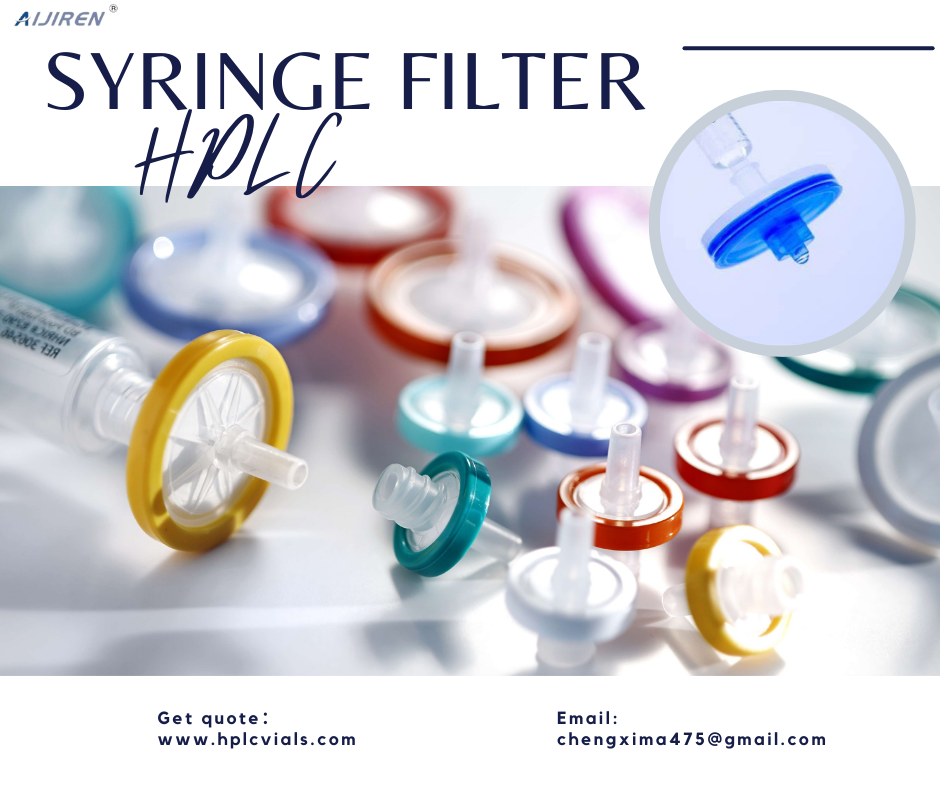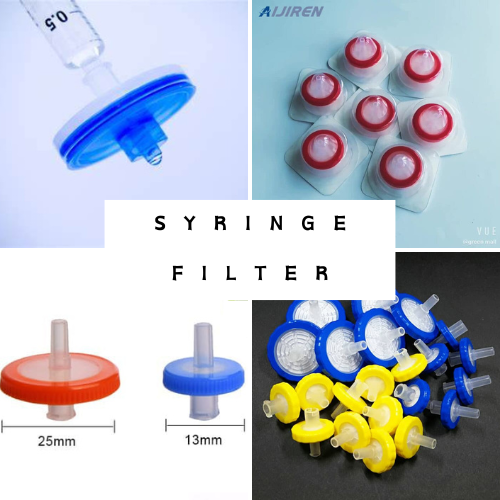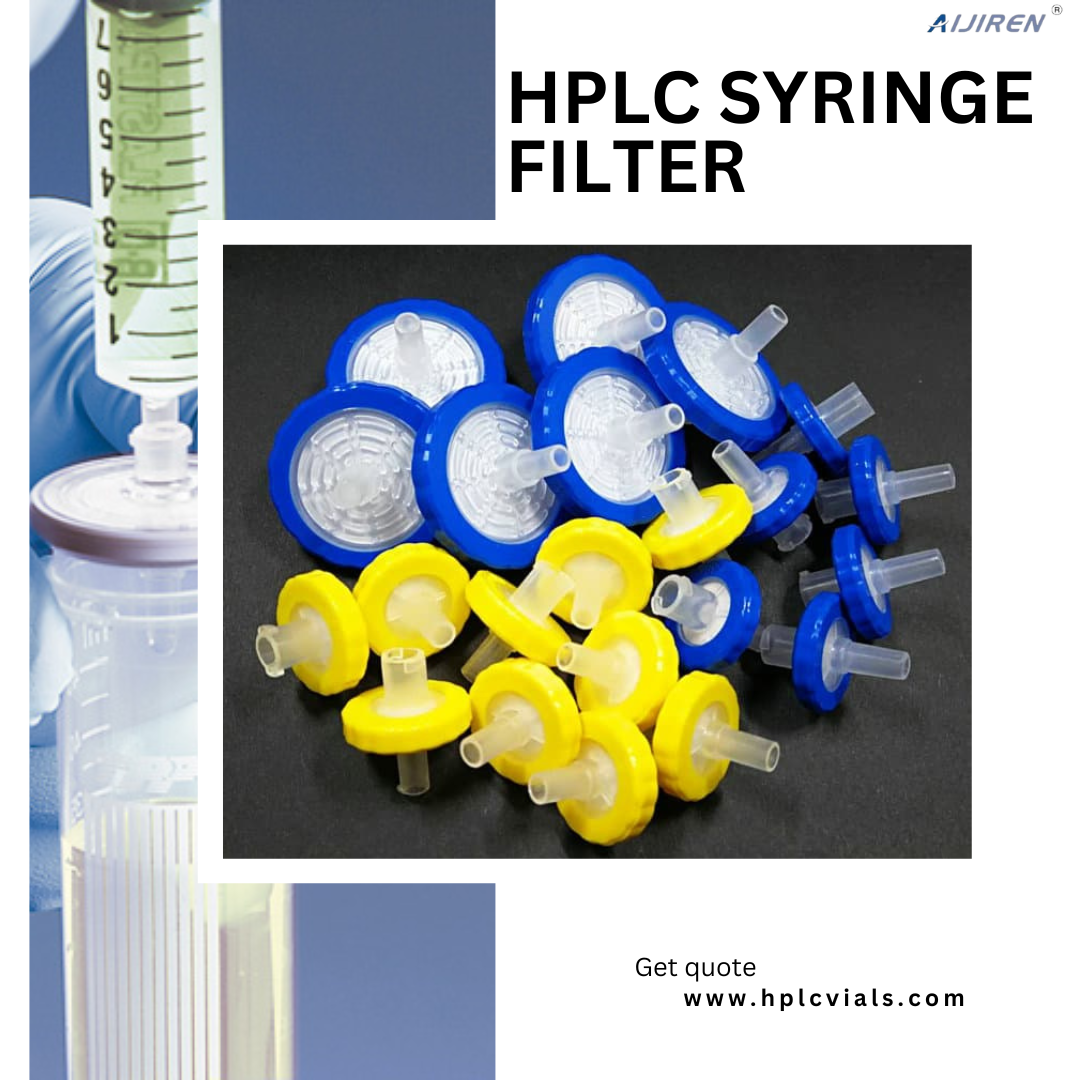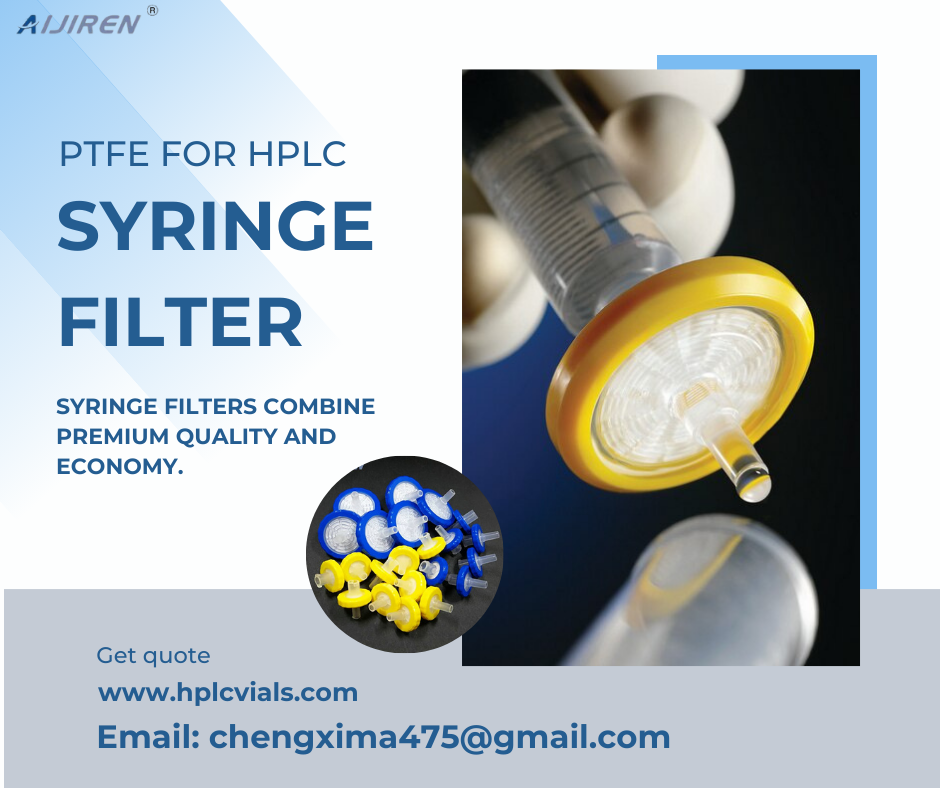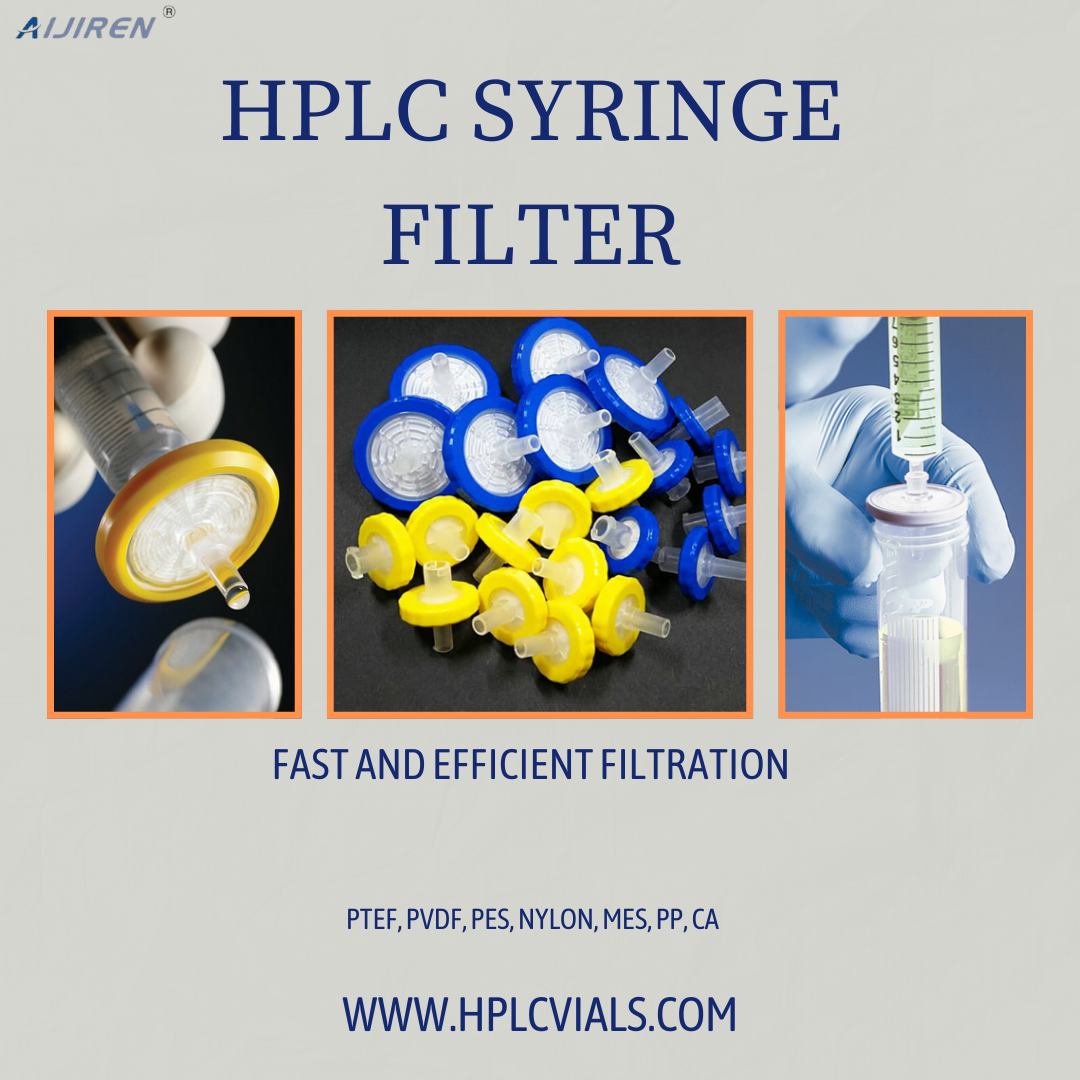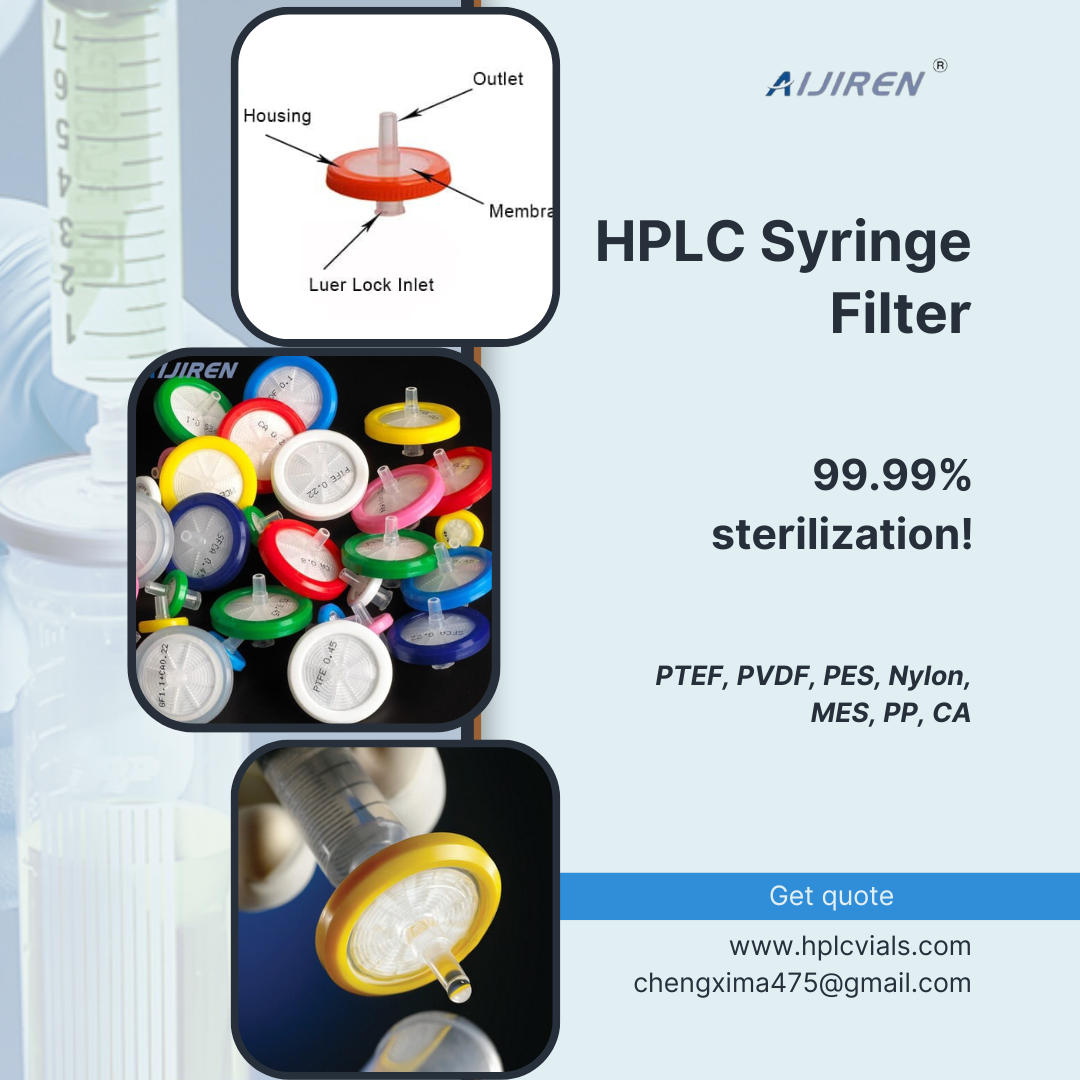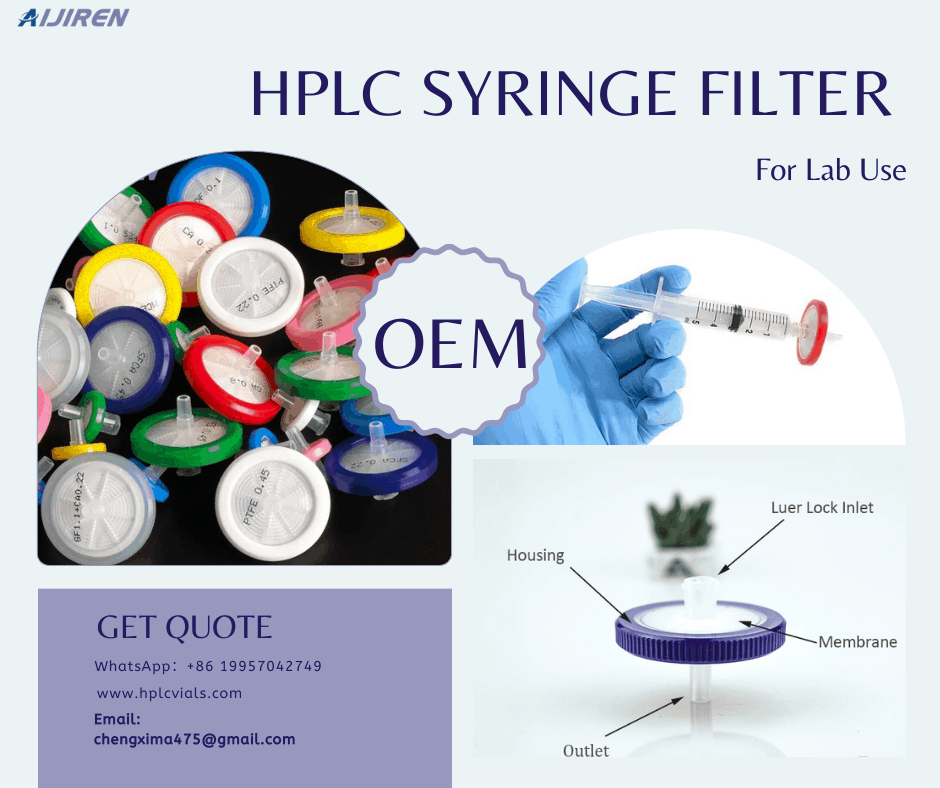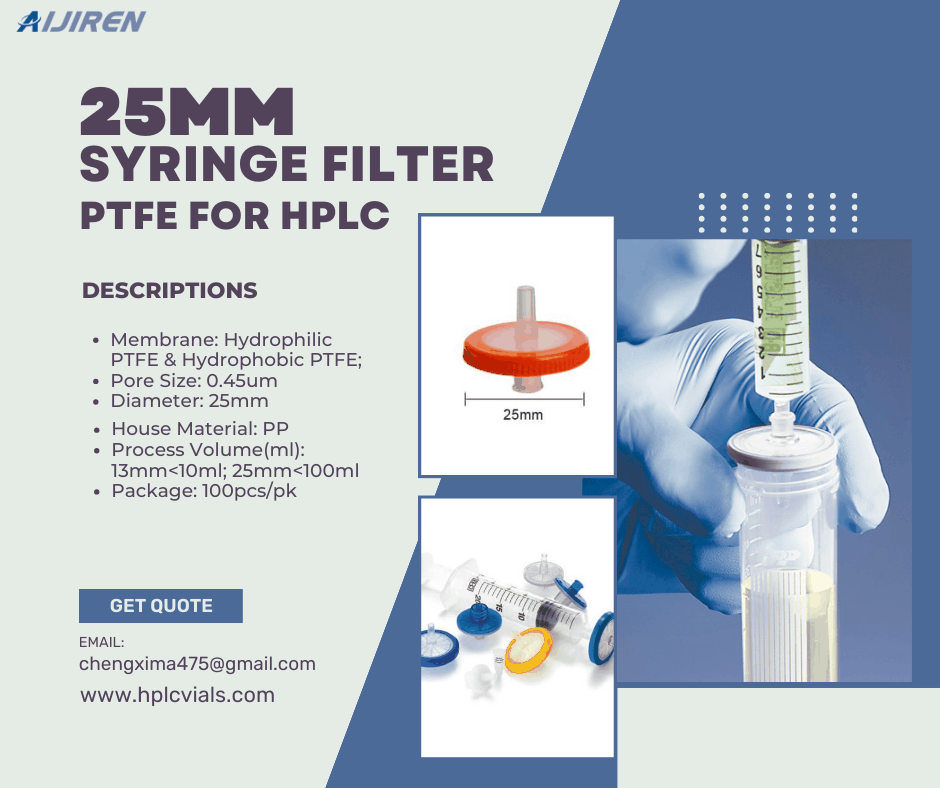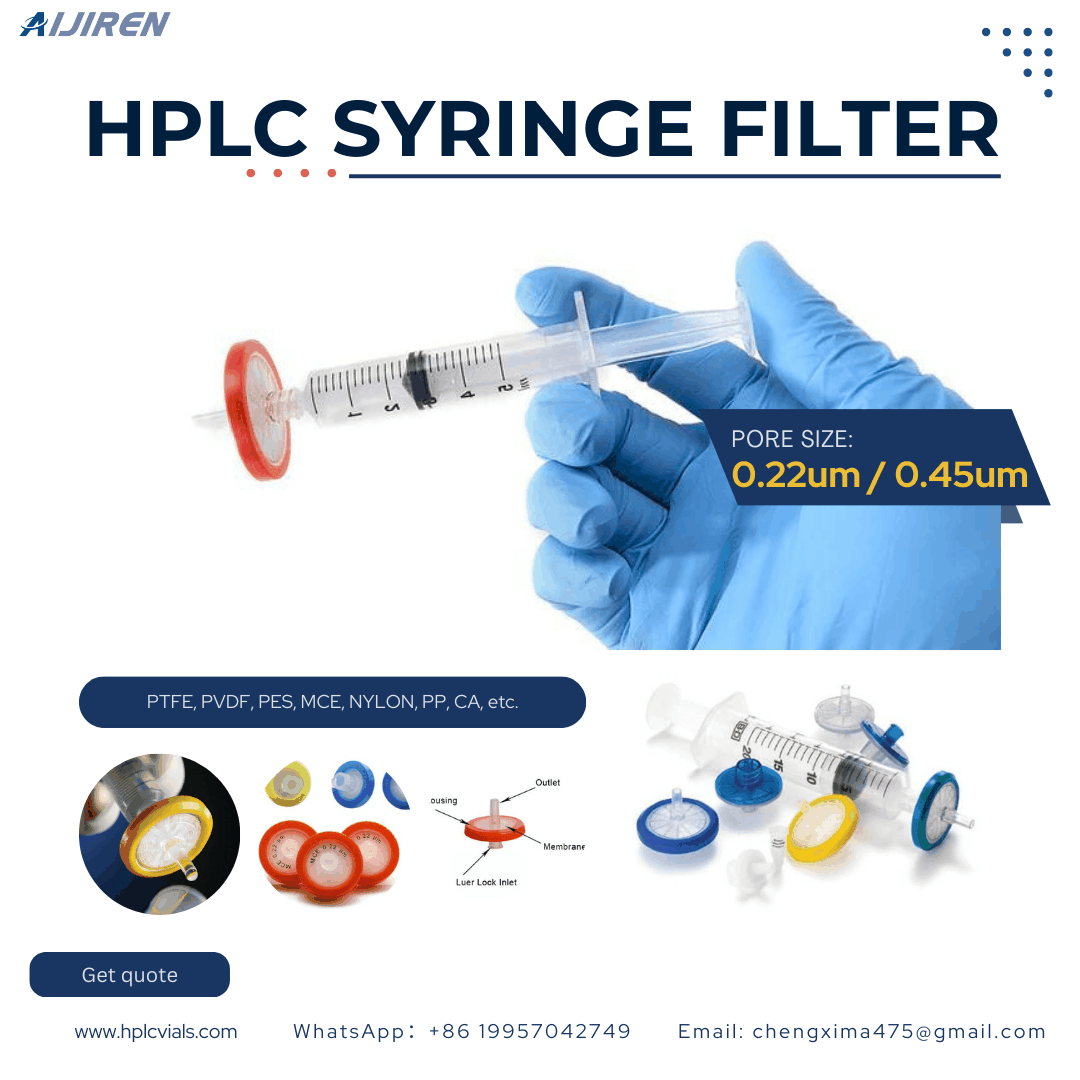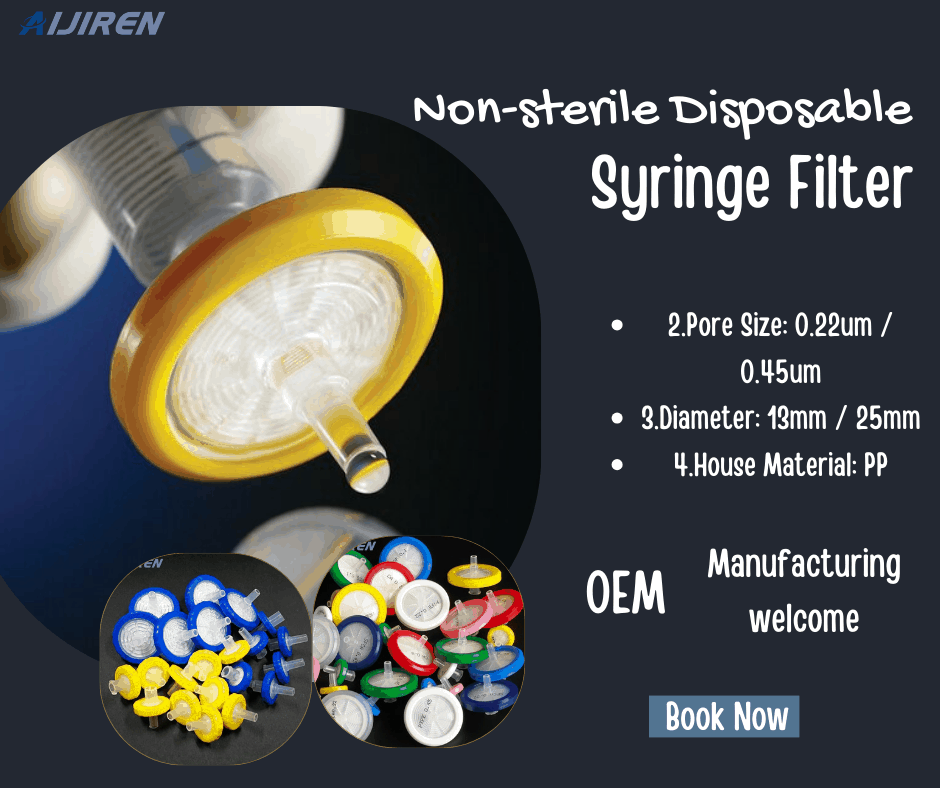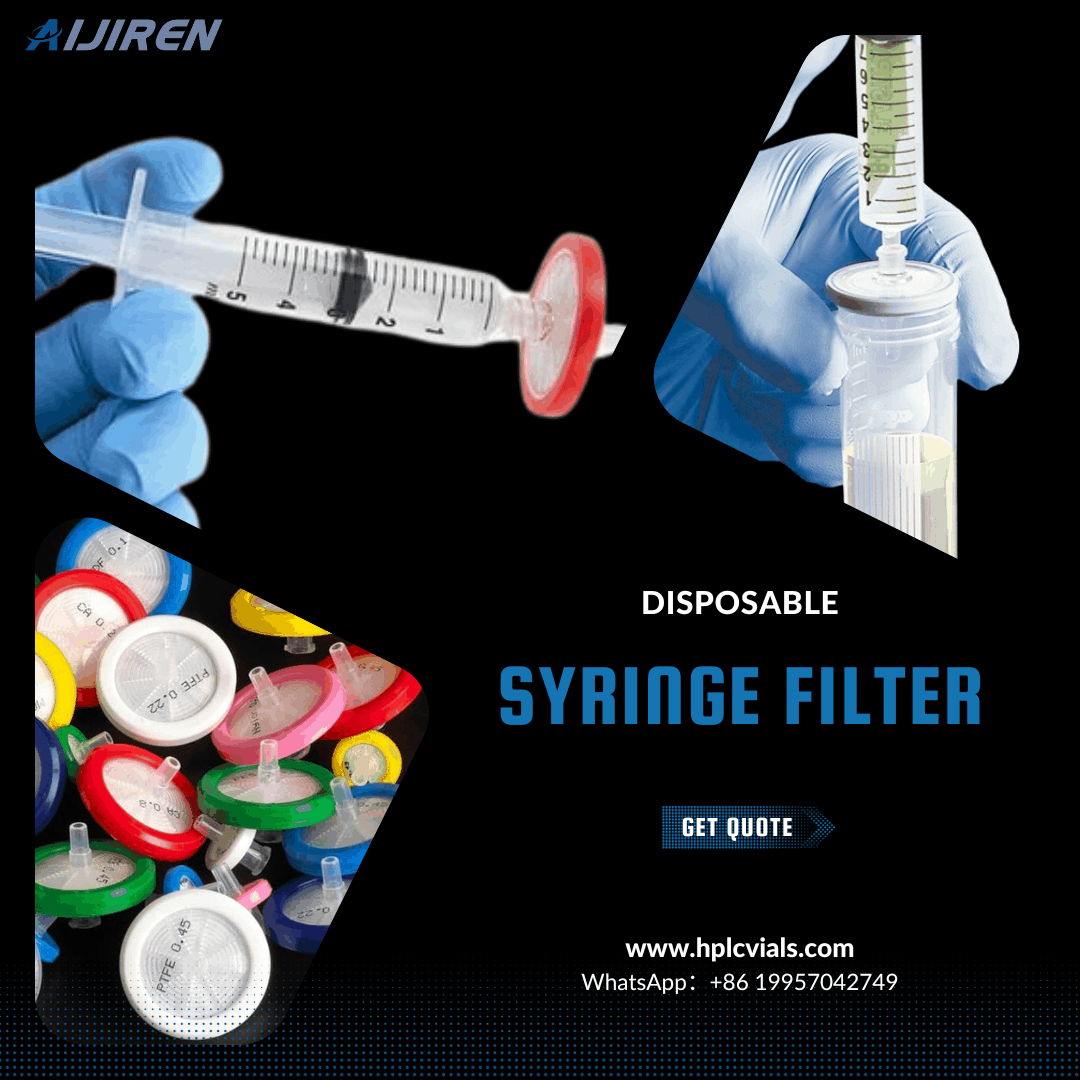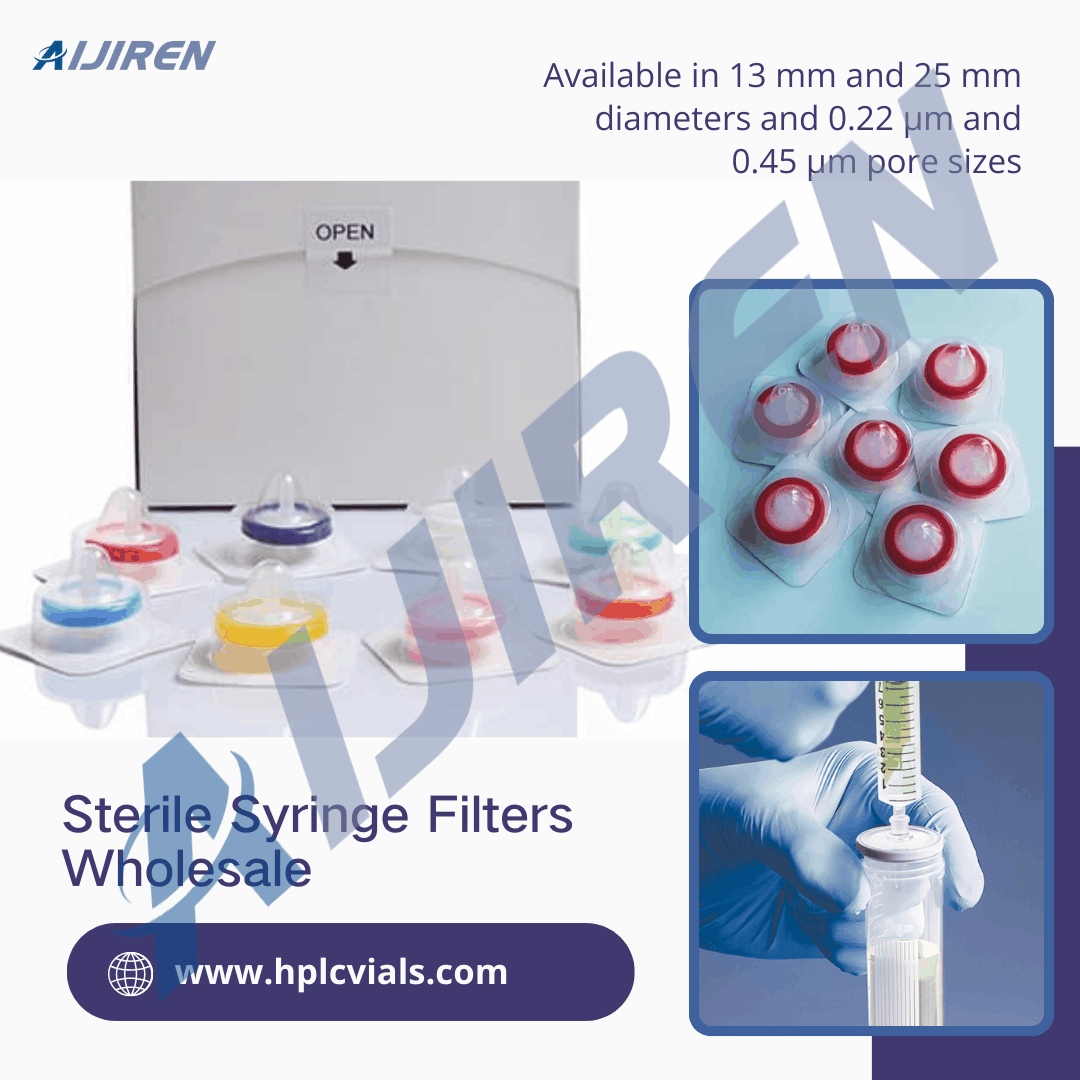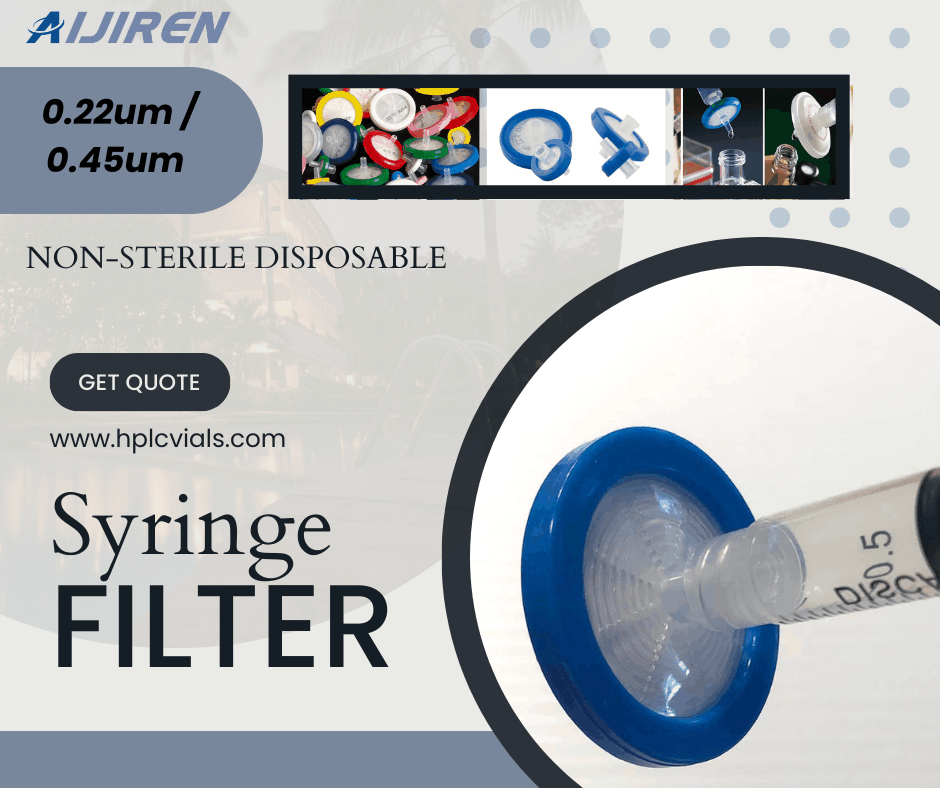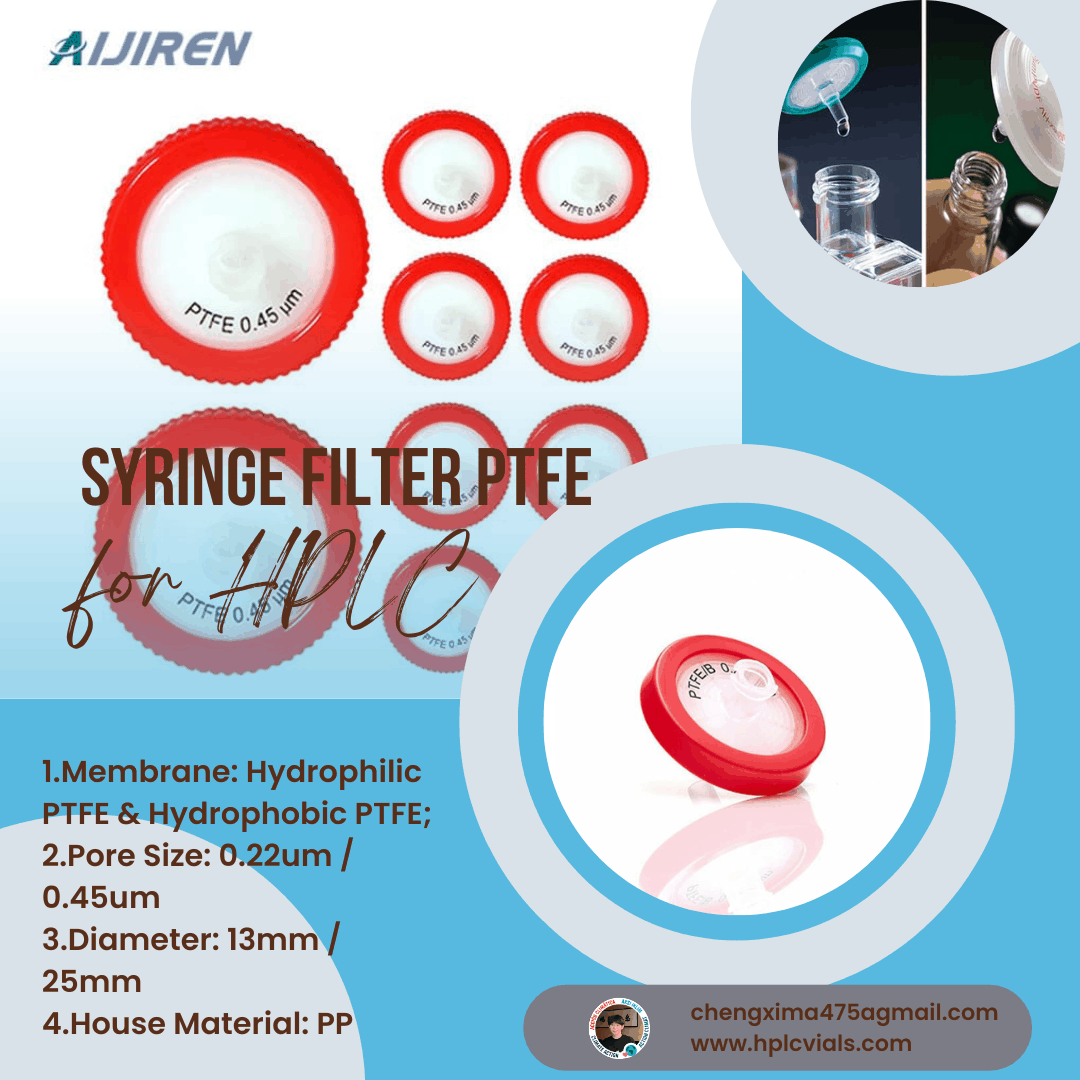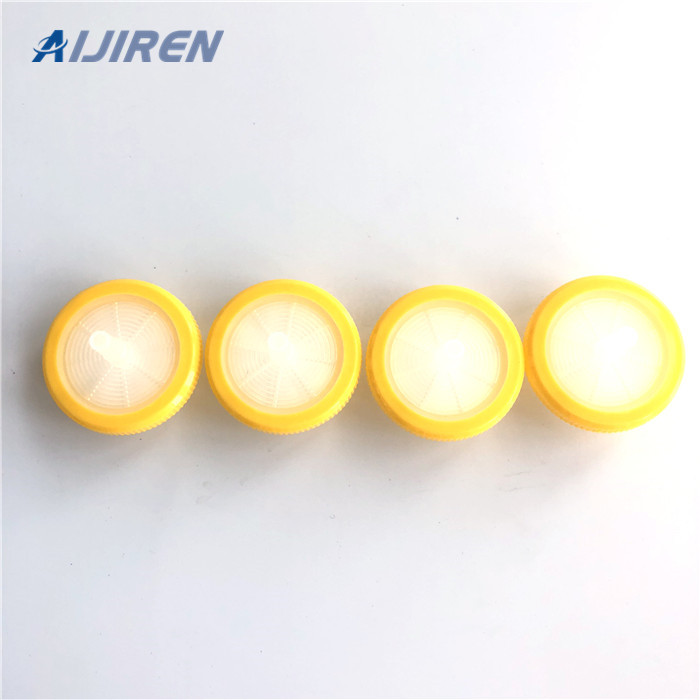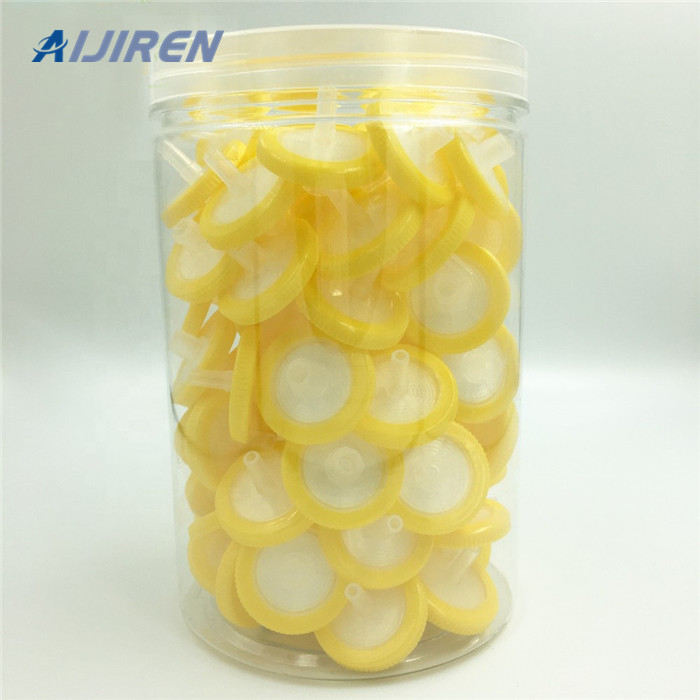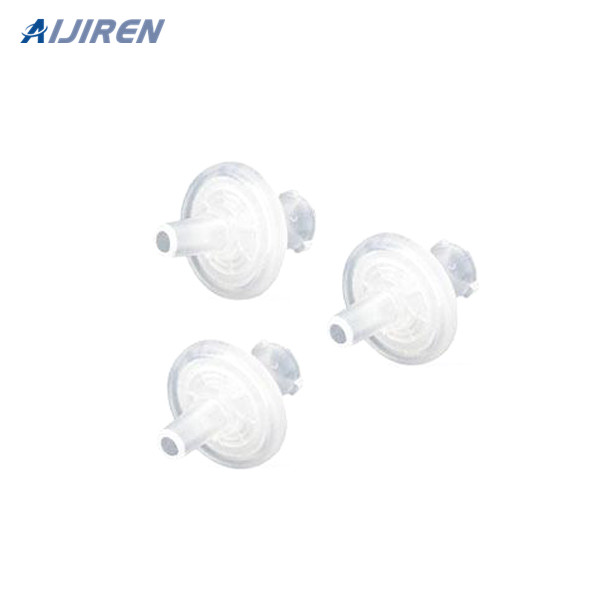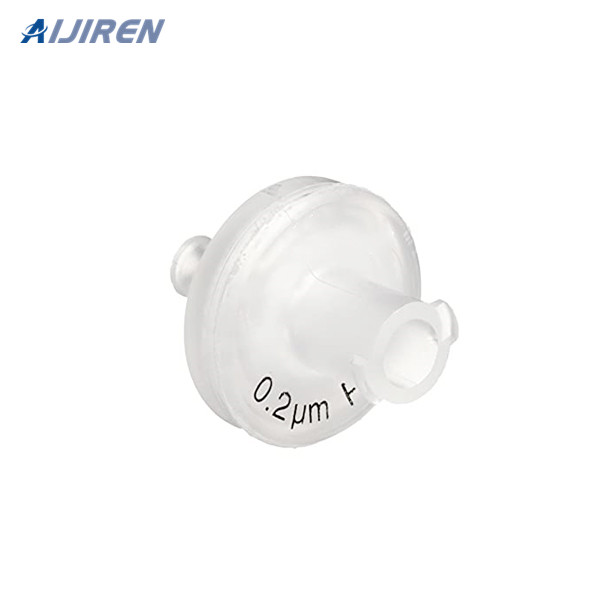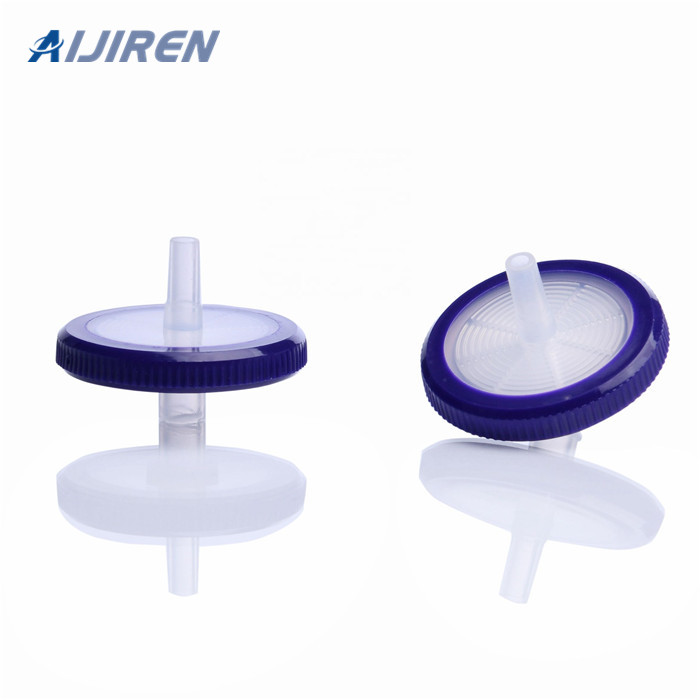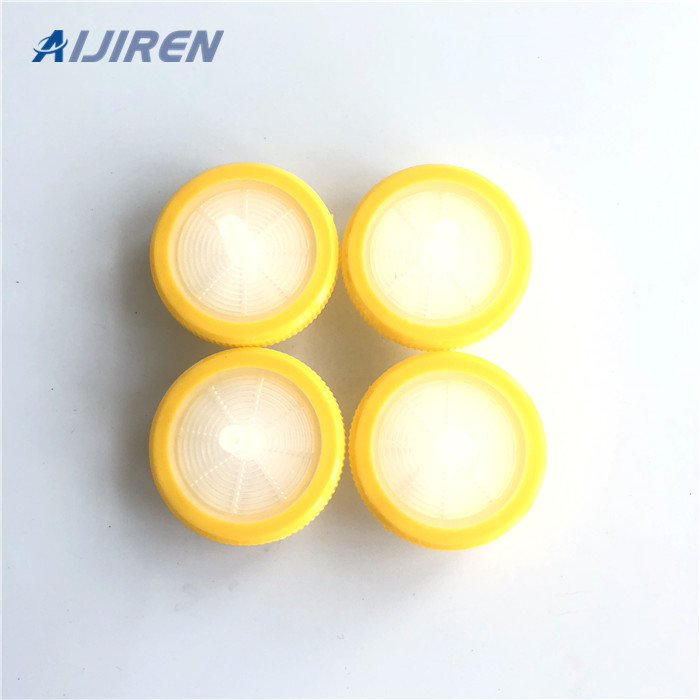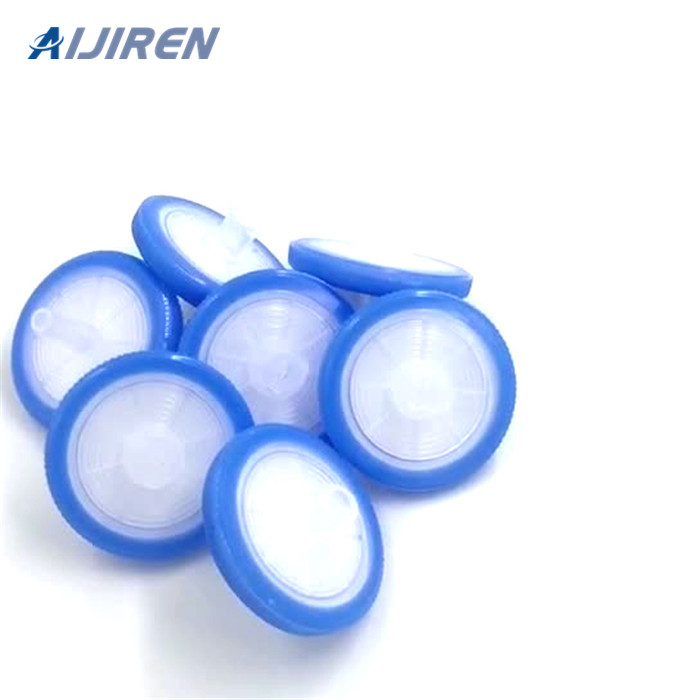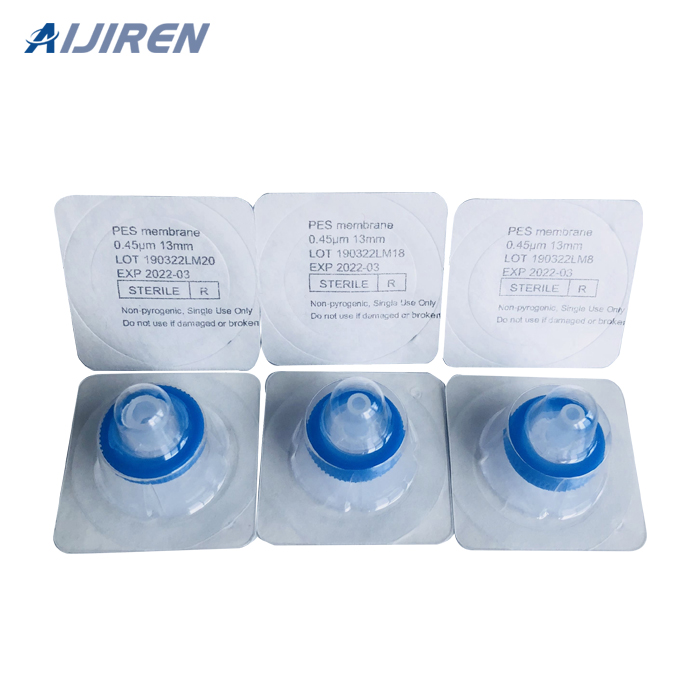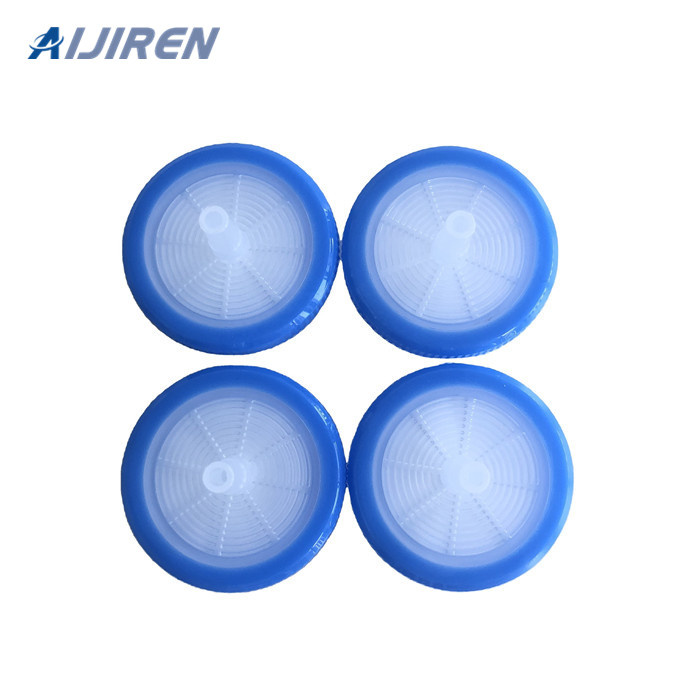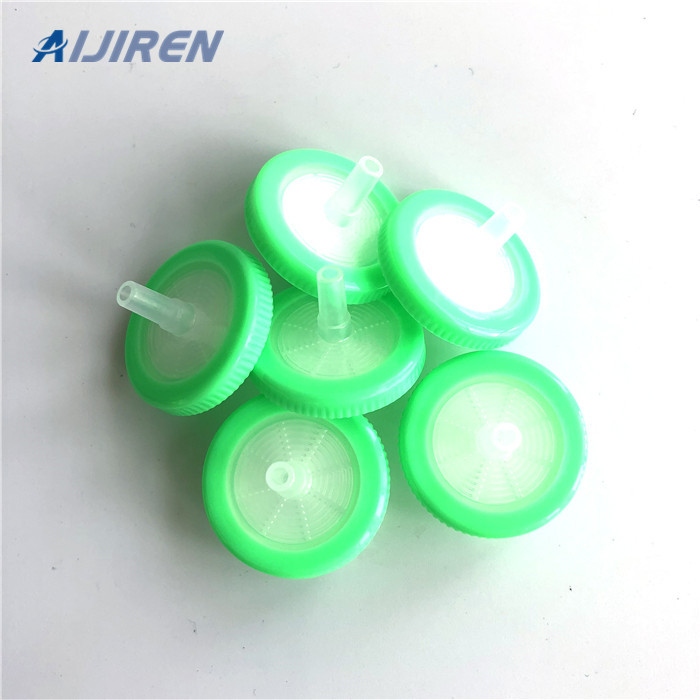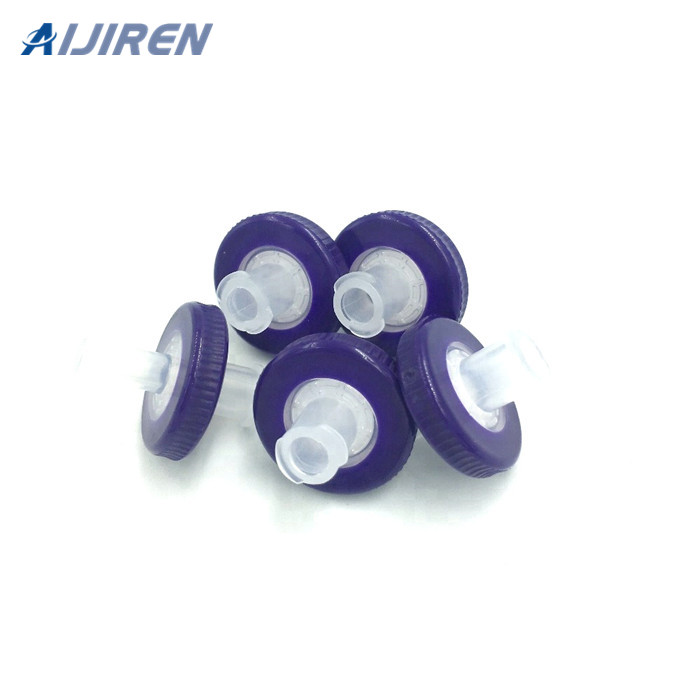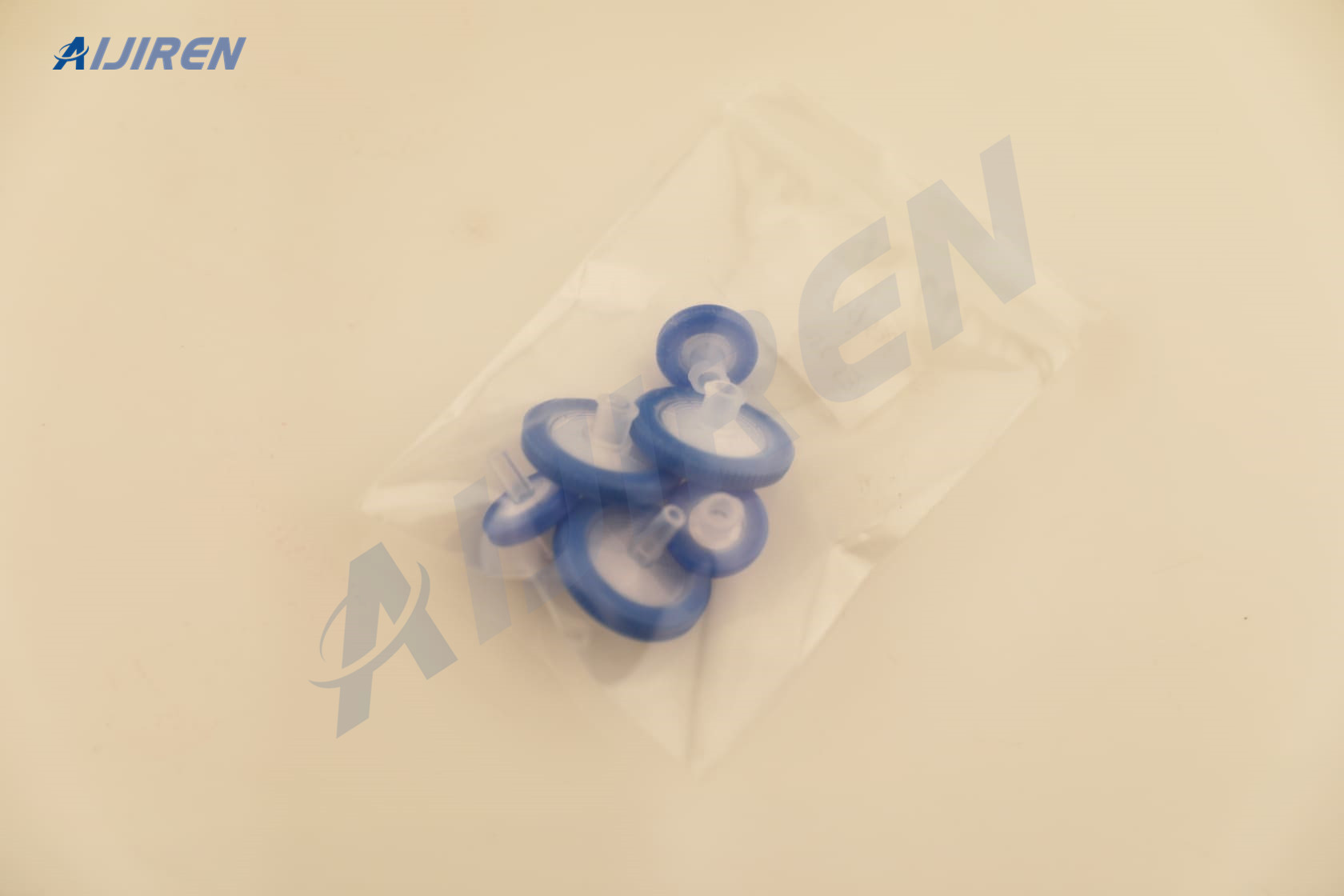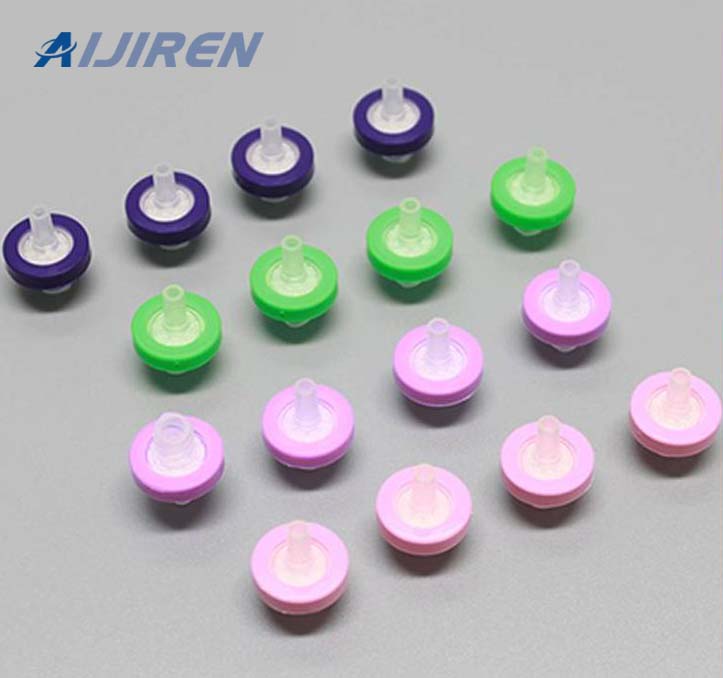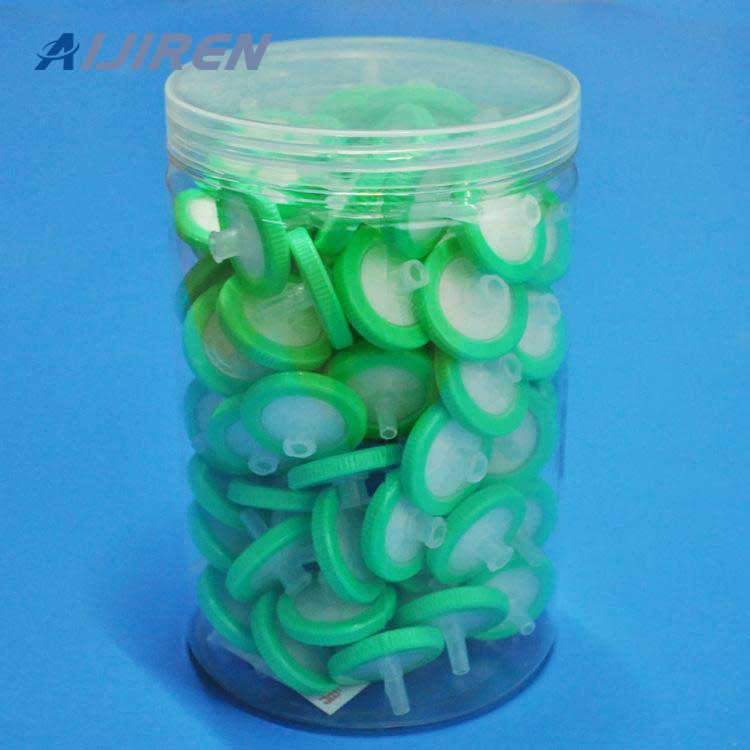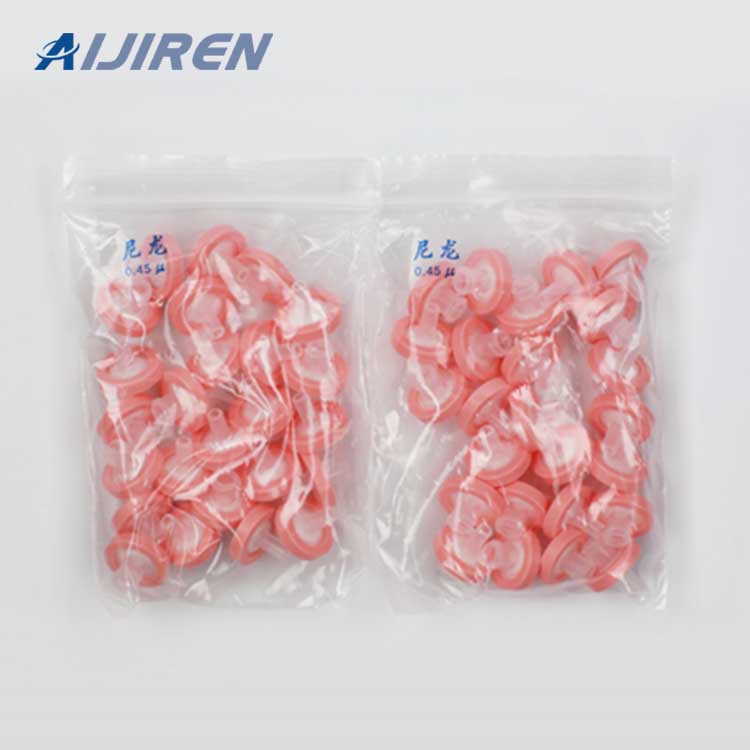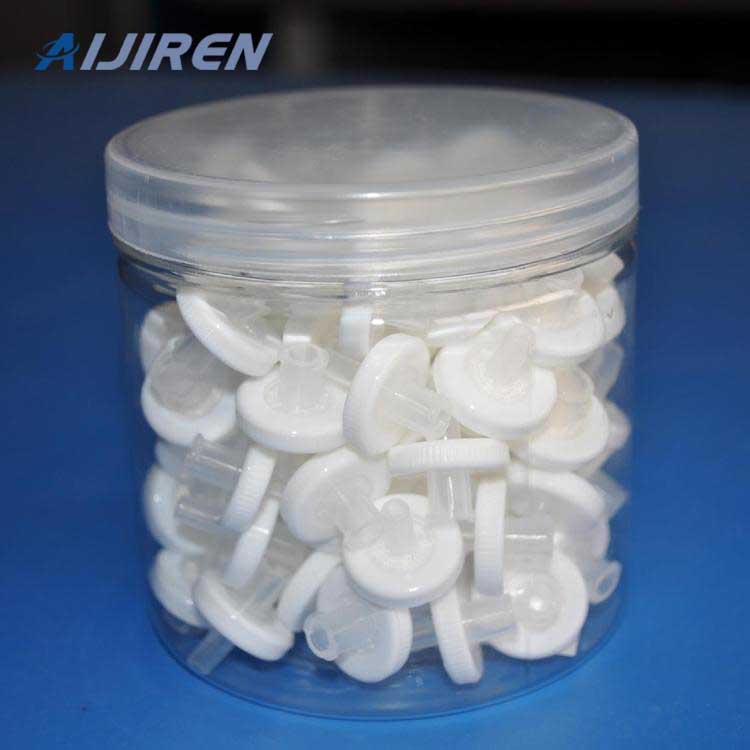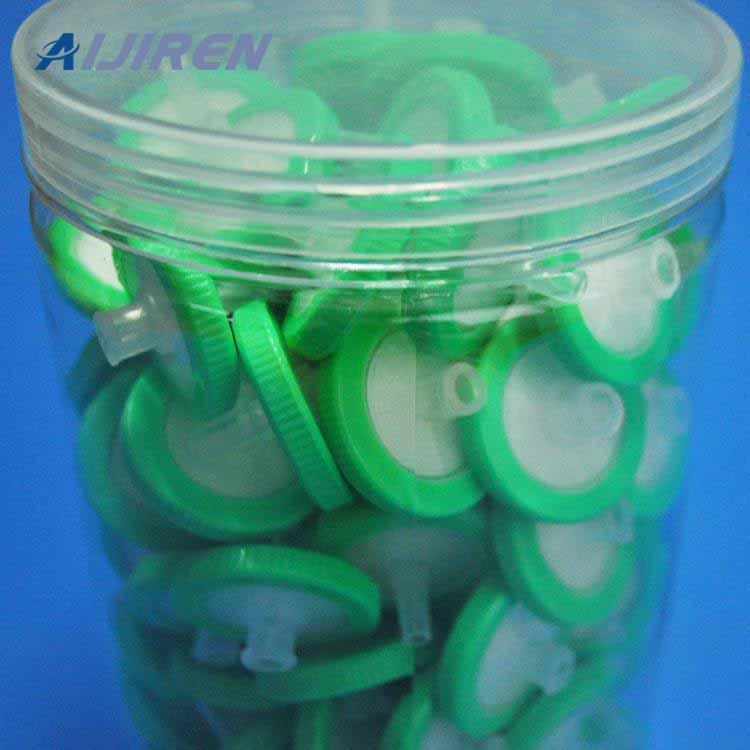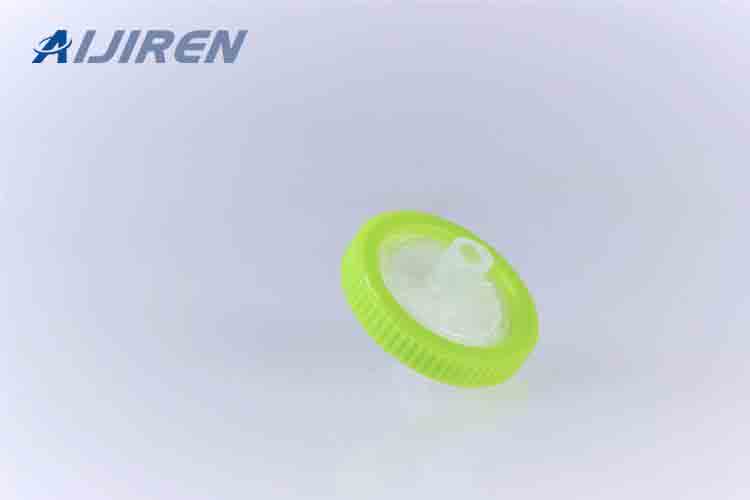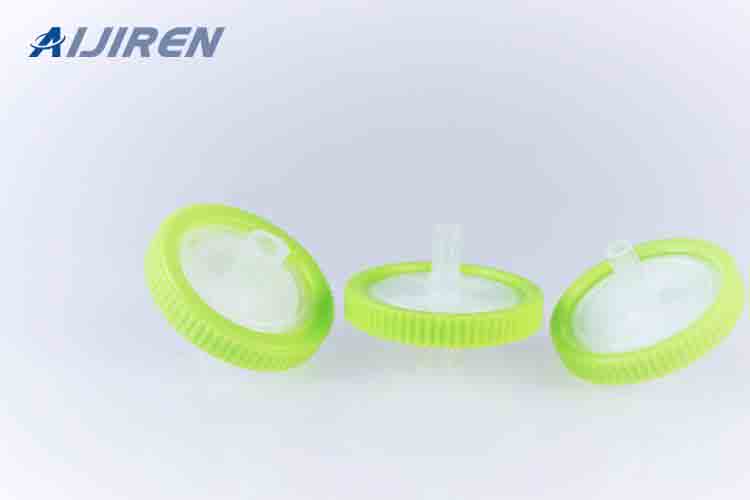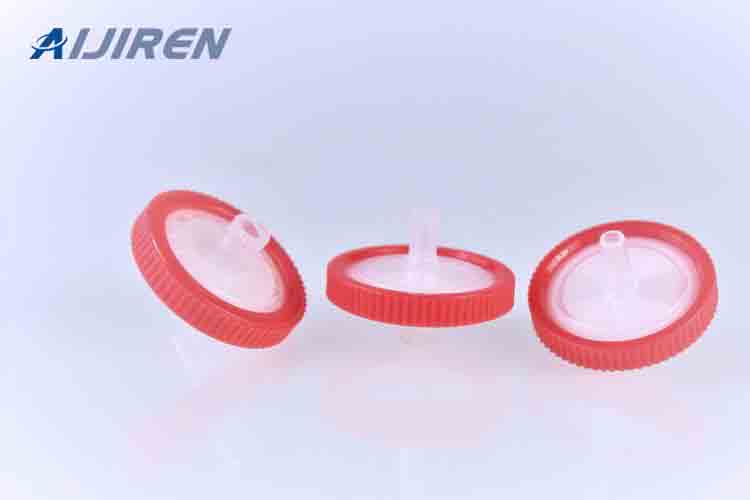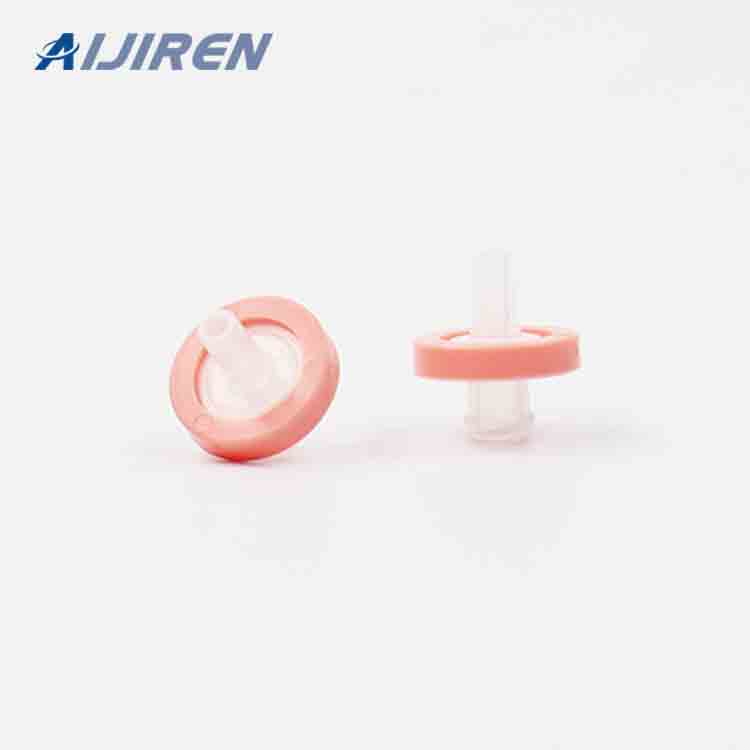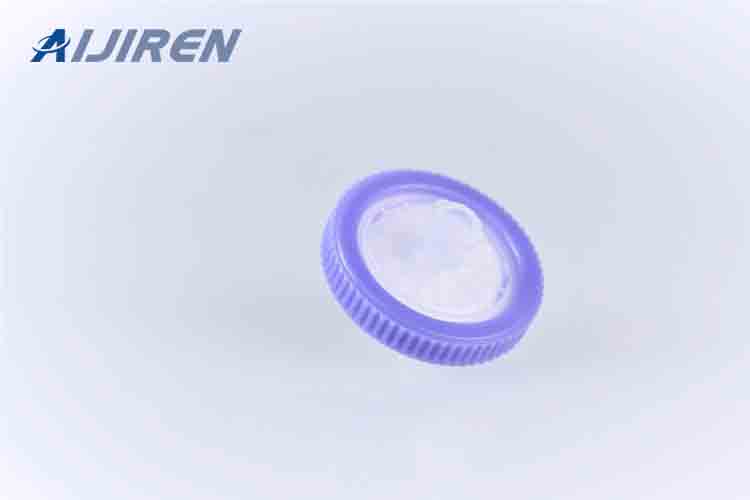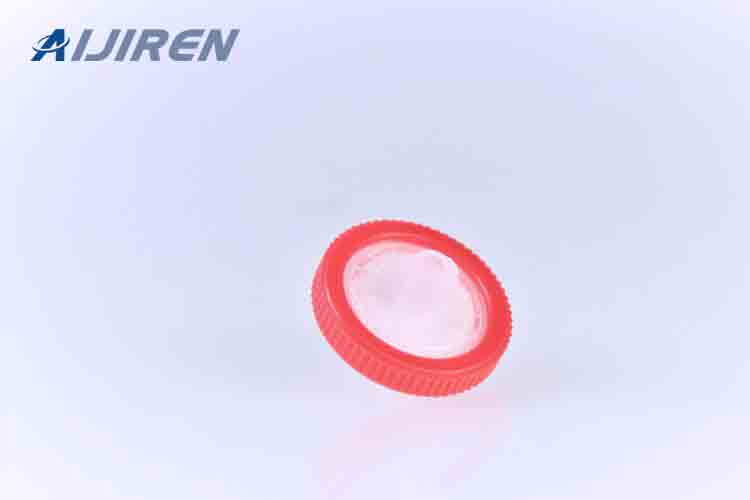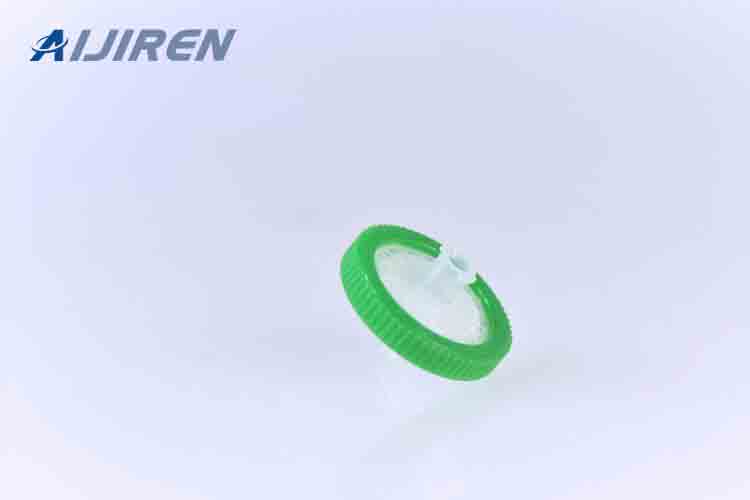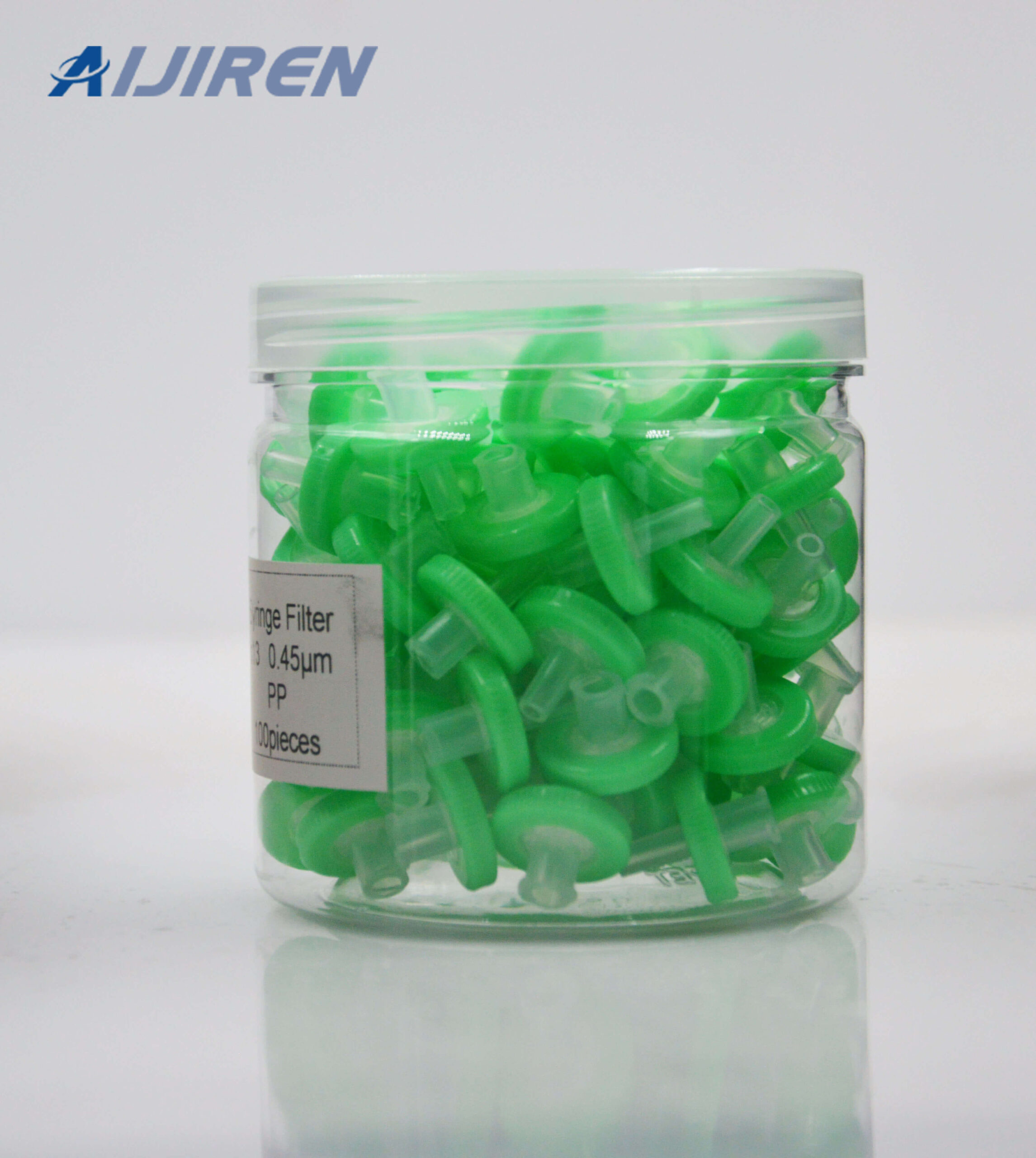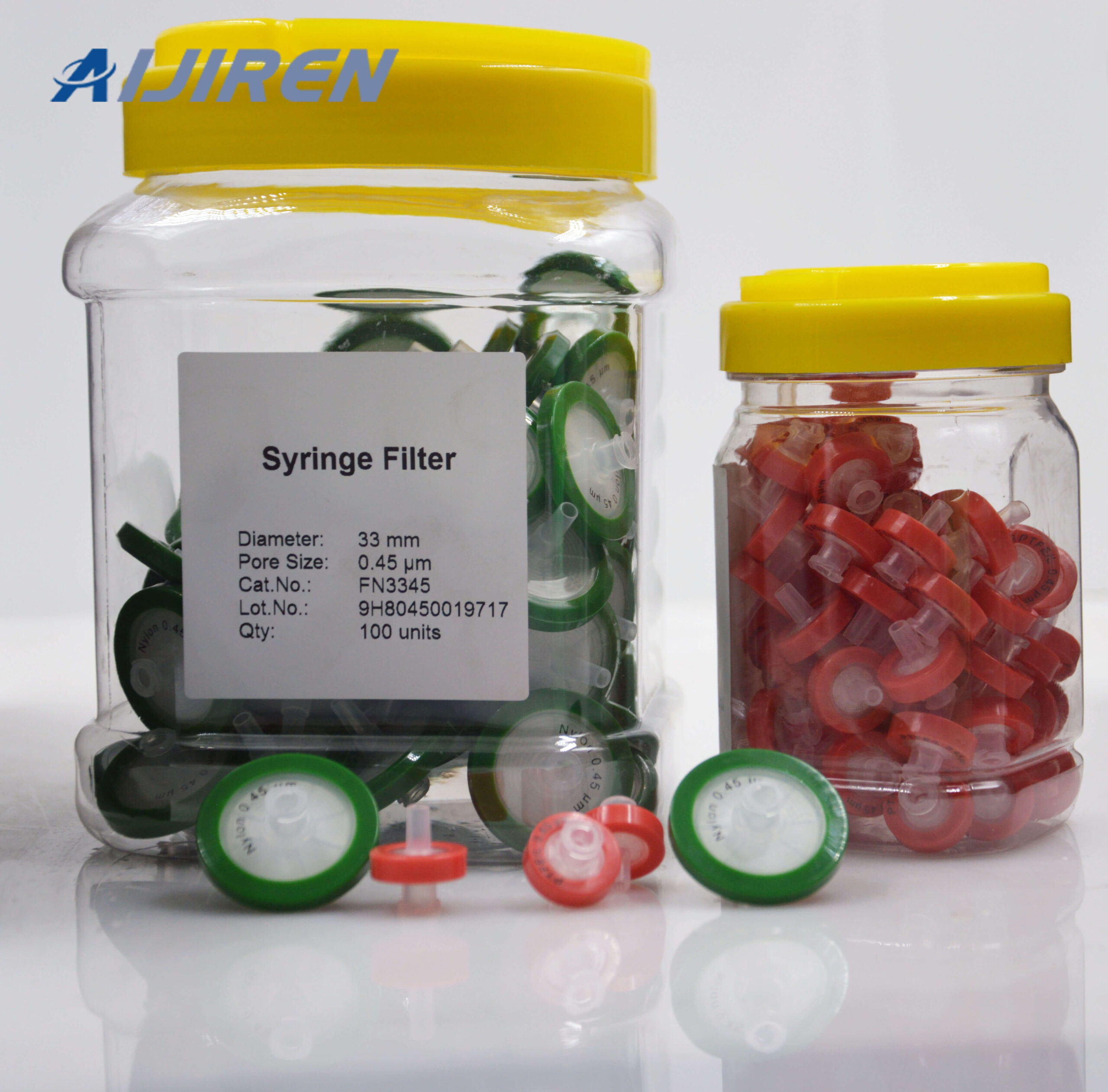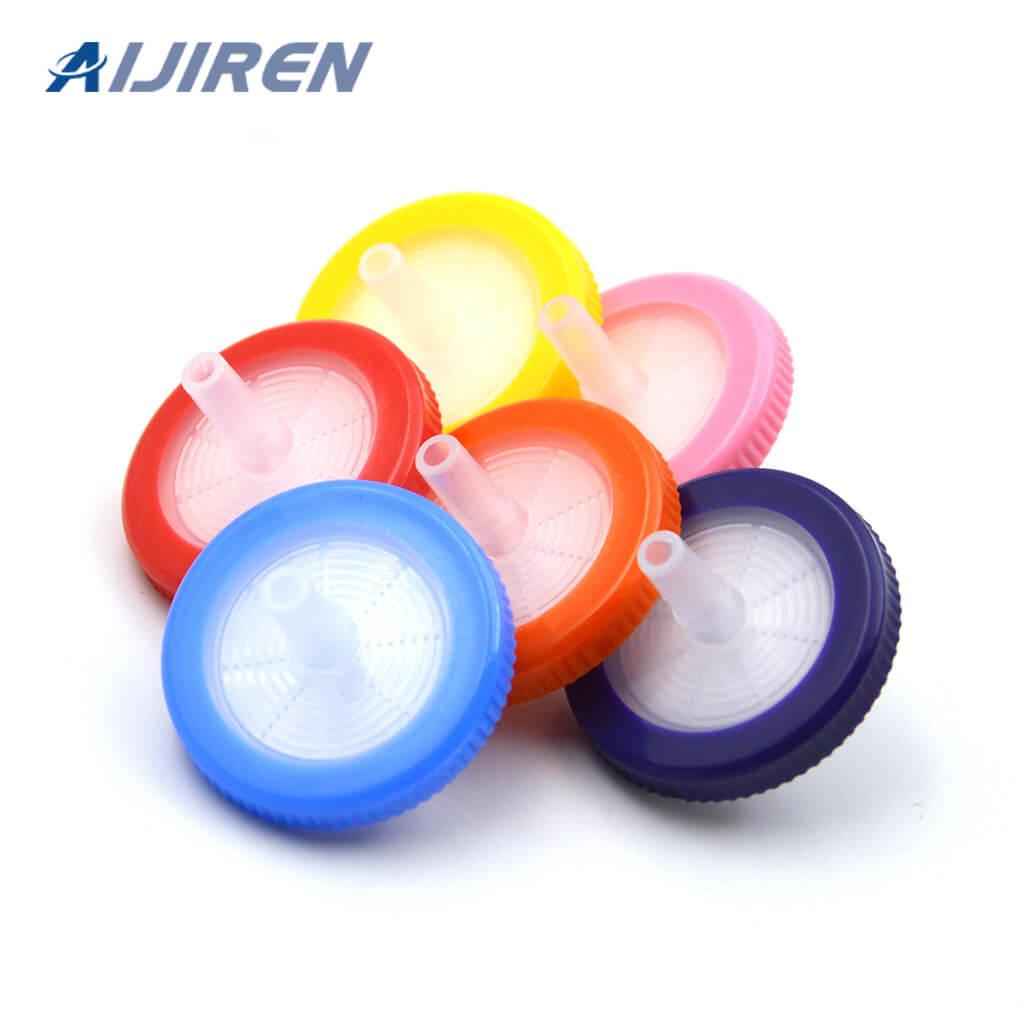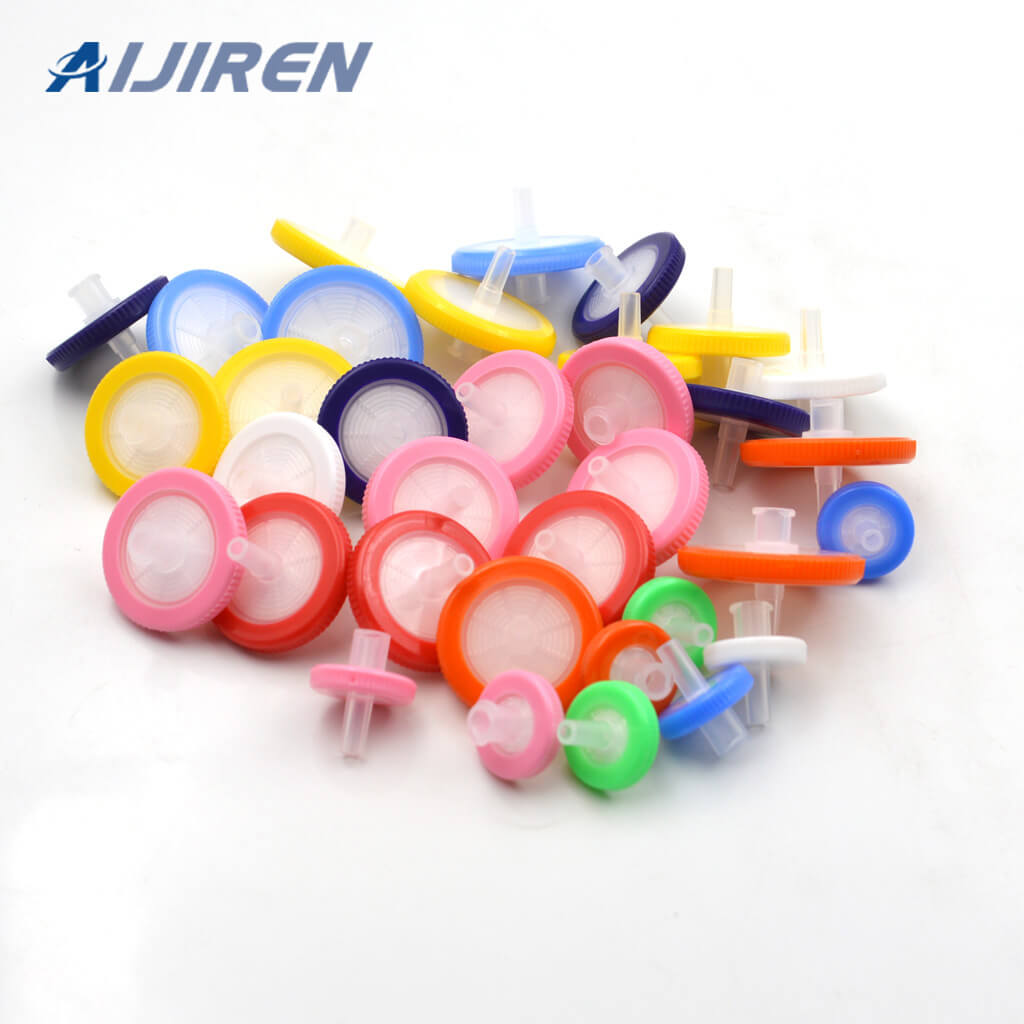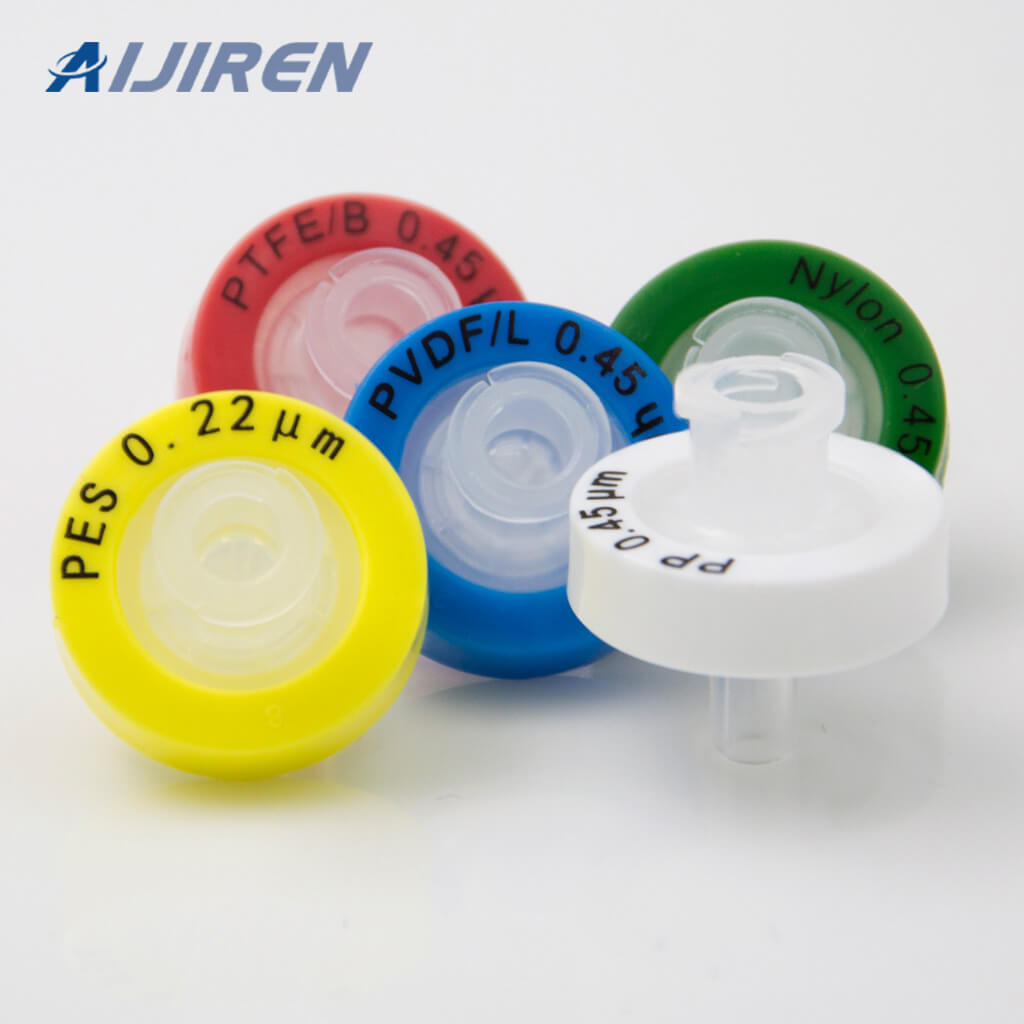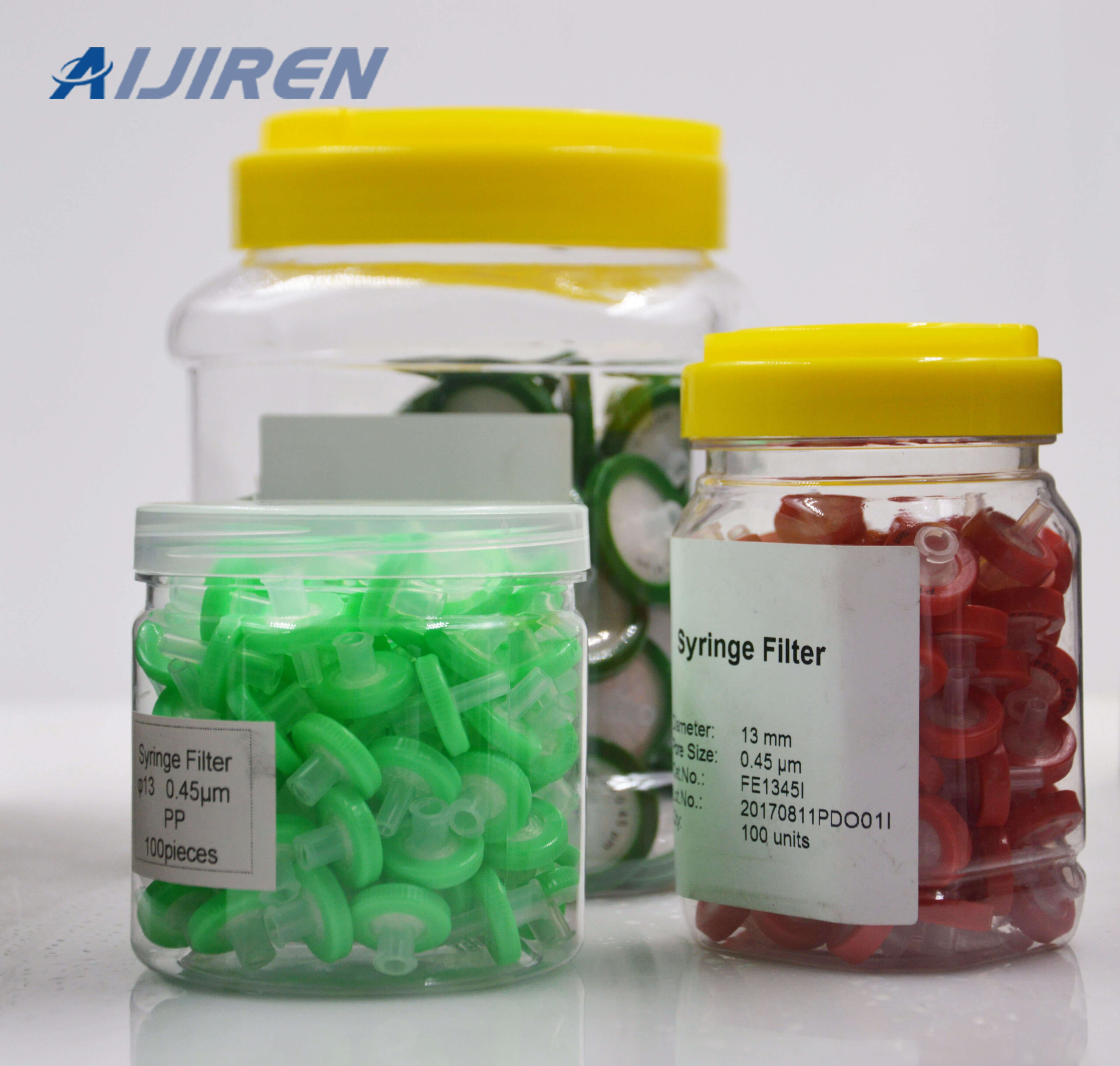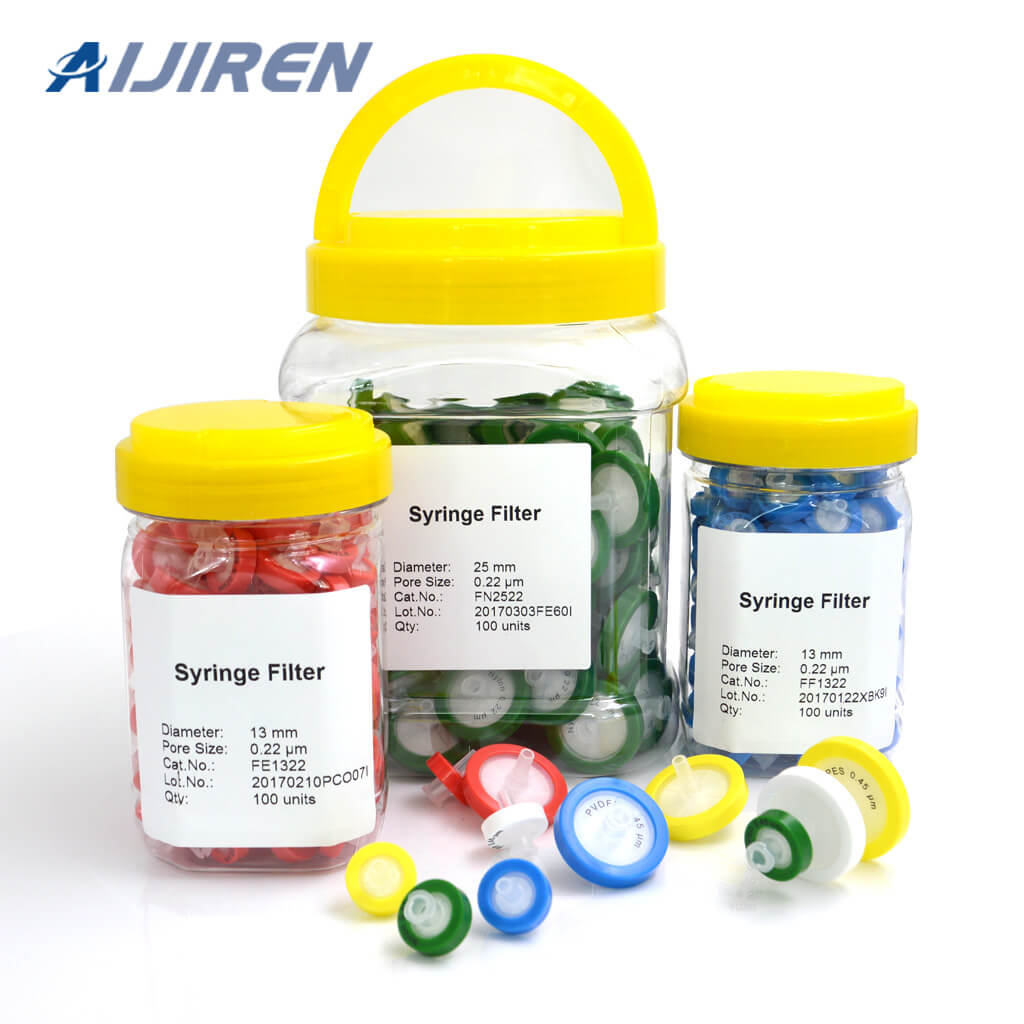Sterile Syringe Filter Manufacturer
The filtration sterilization method generally uses a filter membrane. First, use a depth filter to remove large particle deposits. Then use a filter membrane for filtration. The pore size of the filter membrane is generally 0.2 μm or 0.45 μm, which can filter out most of the nutrient cells of microorganisms. The sterile syringe filter has PP, PTFE or nylon membrane. The pore size of the filter membrane is 0.2um or 0.45μm, and the pore size of the filter membrane is usually selected according to the packing size of the analytical column. Aijiren provides filter membranes with two pore sizes and different materials.
Free Sample
Get Price
Share:
Previous:
PES Sterile Syringe Filter for Sale
Content
Customers can use sterile syringe filters to filter out particles and contaminants in the fluid. Pass the fluid through a pore size of 0.2 µm and 0.45 µm to produce a sterile filtrate. The volume of the solution to be filtered varies from a few milliliters to a few liters. Typical fluids may include serum-containing media, buffers, biological or protein samples, reagents, or other fluids, and need to be free of particulate or microbial contamination. Because of the variety of fluids that can be filtered, sterile filtration can be used for many applications: serum-containing or serum-free medium that supports the growth of cell cultures, reagents or solutions containing sensitive components that can be degraded during high-temperature processing, And when there is no autoclave, it should be filtered and added to the sterile growth medium supplement to filter the sample to avoid microbial growth during storage, filter the buffer, remove particulate matter and avoid microbial growth during storage, filter for analysis To avoid microbial contamination of expensive equipment, filter environmental samples to be processed for analysis, filter fermentation broth, further purification or analysis, etc.
Inquiry
More Aijiren Vials

